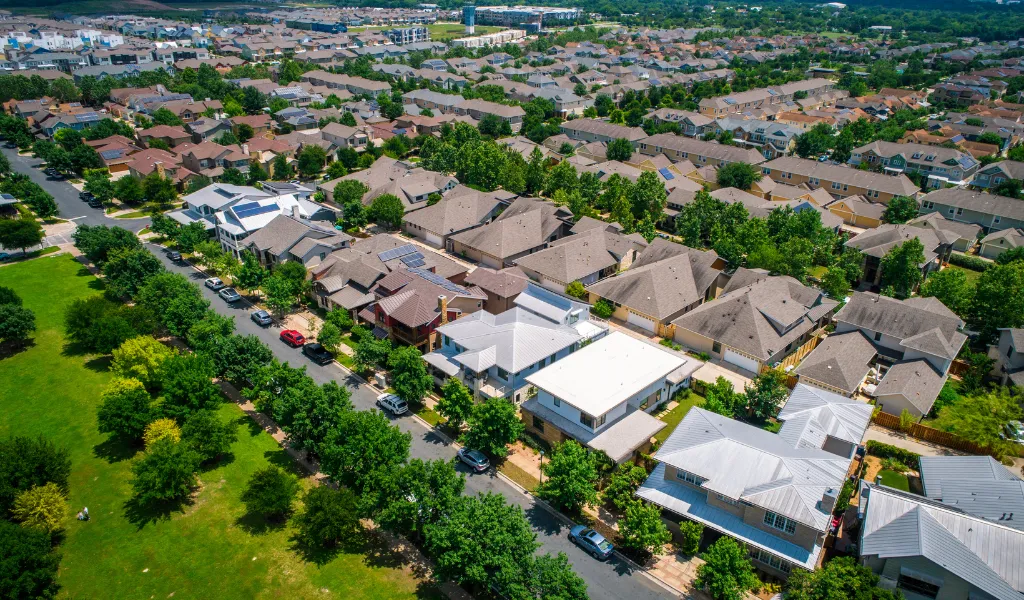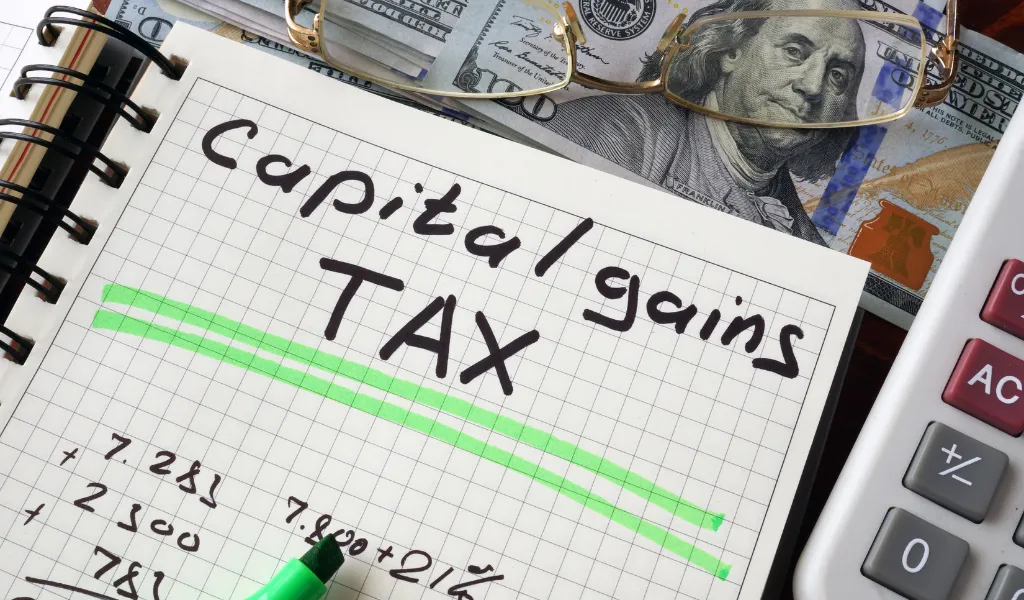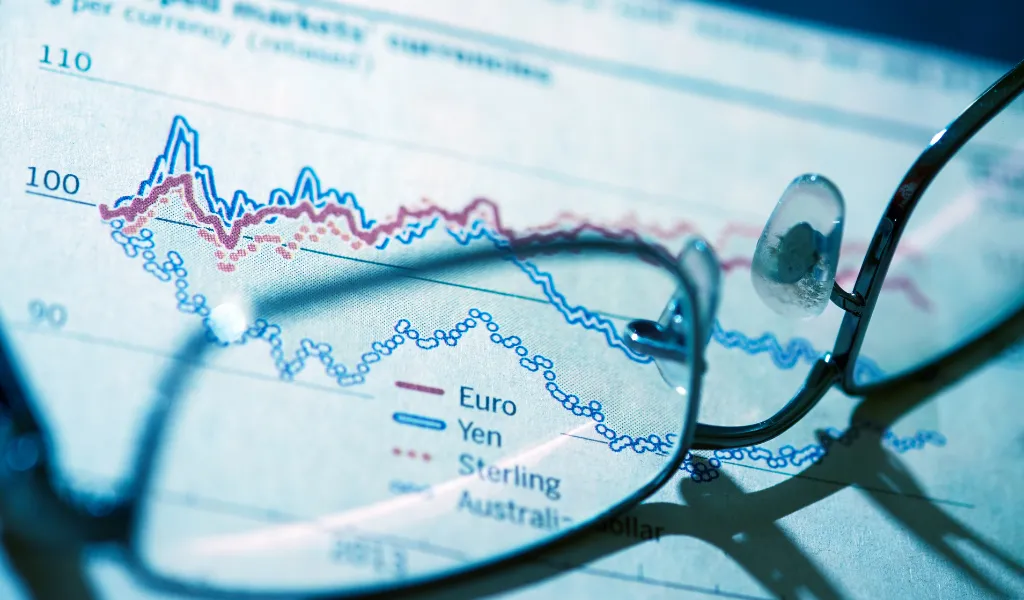As a business owner, it is important to know about the tax implications on your goods and services. Not only does VAT affect businesses, but every individual that purchases either one of these. To a consumer, the price is simply inclusive of VAT. However, for a business, it is a complex process involving registering with HMRC, calculating, reporting, and paying VAT to HMRC. This guide will simplify the process for you and answer all your questions regarding VAT in the UK.
First, let us discuss the definition of VAT. Then, we can move on to the calculation of it.
What is VAT?
In the UK, Value Added Tax (VAT) was introduced in 1973. Most goods and services are subject to VAT. Every stage of the supply chain is imposed by this consumption tax. This includes everything starting from production all the way to the final sale to the consumer. If a business is registered for VAT, it needs to charge VAT on the goods and services it supplies. Then, it must pay the VAT to HMRC. It is possible for business to claim back VAT. They can do so for the amount they spent on their business expenses.
What are the VAT rates?
Depending on the goods or service a business provides, there are three rates of VAT they can charge. However, not all sales are subject to VAT. There are certain exemptions such as education, insurance, health care, and postage stamps. Additionally, some fall outside the scope of UK VAT. This includes donations to charities, good and services you purchase and use outside the UK, and statutory fees.
| Rate | Charge | Applied to |
|---|---|---|
| Standard | 20% | Most goods and services |
| Reduced | 5% | Certain goods and services including residential property conversions, home energy, children’s car seat, etc. |
| Zero | 0% | Most foods and children’s clothing |
What is the Threshold for VAT?
When your taxable turnover surpasses £85,000 you need to register for VAT. The amount of turnover a business generates through sales that is not exempt from VAT is called taxable turnover.
Therefore, it is crucial to know how VAT works:
Even if the turnover falls into the zero VAT rate, it still classifies as taxable turnover.
If your company does not exceed this threshold then the sale of your goods and services are not subject to VAT. Furthermore, you are under no obligation to register with HMRC.
Unlike a tax year, which is a fixed period, a rolling 12-month period measures this turnover threshold. This means that any 12 whole months can count, such as the start of July until the end of June.
If your business is not registered and your turnover is near the limit for registration, you need to observe it. Please note that once you exceed the turnover threshold, you need to follow the strict deadlines for registration and charging VAT on the sale of your goods and services.
How to Register for VAT
Partnerships, sole traders, and companies are liable to charge for VAT. HMRC issues a VAT registration certificate for your business. Through this certificate you will get confirmation for the VAT number. Also, it states when the first VAT return is due and the effective date of registration.
If the turnover of your business does not exceed the threshold, you can still register for VAT. This is called voluntary registration and has certain benefits. For example, you can reclaim VAT on purchases and form a more reliable image in the eyes of your customers.
How Does VAT Work?
After registering your business, you must include the relevant rate of VAT on all your taxable sales. Ultimately, customers pay VAT as it is output tax. Nevertheless, the responsibility to pay this tax to HMRC lies with the business.
Typically, it is possible to reclaim VAT that your company pays on business related purchases. This is called input tax. However, not all items are eligible for VAT reclaims. For example, cars, private use purchases for unincorporated business, and entertaining costs.
How to Calculate VAT in the UK
To calculate VAT, you need to add the relevant rate to the price you charge for goods or service. This requires multiplying the price by 1.2 if standard rate applies. Then, you get the VAT-inclusive price. When calculating for reduced rate items, you multiply the price by 1.05.
Here is an example of standard rate VAT to elaborate:
Your business sells sports equipment for £70.
£70 × 1.2 = £84
Therefore, the total VAT inclusive price is £84.
Here is an example of reduced rate VAT for clarification:
Your business sells radiators for £65.
£65 × 1.05 = £68.25
Thus, the total VAT inclusive price is £68.25.
What is a VAT Return?
Every VAT registered business needs to report the output tax and input tax to HMRC. They must do so through a VAT return. Typically, they complete it quarterly. Additionally, if a VAT registered business exceeds the threshold, it must also adhere to the rules for Making Tax Digital. In April 2019, MTD rules were introduced.
What is a VAT number?
Every VAT registered company receives a unique code called VAT number. Also called VAT registration number, this code is 9 digits long. It begins with GB usually. Businesses receive a VAT registration certificate from HMRC that includes their VAT number.
Whenever you submit VAT returns, it is crucial to check your VAT number. Delays can occur if your VAT return has mistakes in it. Moreover, it is possible HMRC will disallow your tax input claim. Moreover, there is a possibility of HMRC disallowing your tax input claim.
How to Verify VAT Registration
Through a service on the UK Government website, you can confirm whether a business is VAT registered. You can a VAT registration number’s validity via this service. Furthermore, you can find out the name and address of the business that has this number. Please note that keeping a record of your verification of a UK VAT number is not possible.
What are VAT Penalties?
It is a legal obligation to register for VAT. If a business fails to follow these rules, they face penalties. Worst-case scenario is a custodial sentence.
HMRC levies a penalty for late registration. The calculation for this penalty is a percentage of the VAT you owe starting from the date you were supposed to register your business to the date when either HMRC became aware of your requirement for registration or got a notification. The VAT due is output tax less input tax.
If you do not send your VAT return or full payment for the VAT you owe to HMRC by the deadline, they charge surcharges. They can charge you as high as 15% of the VAT that is outstanding at the due date. In case you send an incorrect return, they have the right to charge penalties of up to 100% of the tax you over-claimed or under-stated.
You should account for VAT correctly as HMRC takes compliance seriously. It is best to reach for specialist advice.
How late you register your business determines the rate of penalty:
| If registered | Penalty rate |
|---|---|
| No more than 9 months late | 5% |
| Over 9 months, but not over 18 months late | 10% |
| Over 18 months late | 15% |
Is it Possible to Reclaim VAT?
Reclaiming VAT is possible on goods and services that you use solely for business purposes. For example, office furniture, transportation, and computers. Additionally, you can reclaim for the expenses of third-party vendors, such as accountants.
You should know the easiest way to claim back VAT:
If you use goods and services for personal purposes, you cannot reclaim VAT on them. Furthermore, reclaiming VAT on business entertainment costs is not possible.
To reclaim VAT, you need to complete a quarterly VAT return. Determine the difference between the amount of VAT your company charged during an accounting period and the amount of VAT it paid.
It is a complex process that involves many exemptions, caveats, and exceptions. Therefore, you should reach out to a qualified business taxes expert to discuss your requirements.
What Items are Exempt from VAT?
Fortunately, there are plenty of goods and services that are exempt from TAX. However, VAT can often apply to items within the category of goods and services.
Generally, 0% VAT rate applies to food and drink. Within this category there are exceptions such as crisps, soft drinks, hot food, alcoholic drinks, and confectionery. Furthermore, a lot of these exceptions have their own exceptions. As zero-rated items are a complicated matter, it is best to contact a VAT specialist to fully understand exempt items.
| Tax Charge | Output VAT | Input VAT Recovery | Impact |
|---|---|---|---|
| Zero-Rated | 0% | Yes | Lower prices for consumers, encourages trade in specific goods |
| VAT Exempt | None | No | Can simplify administration but can distort competition |
Do Charities Need to Pay VAT?
A charity needs to register for VAT if its taxable turnover exceeds the threshold of £85,000. This includes their trading subsidiaries. Therefore, charging VAT on standard or reduced rated good or service is compulsory for VAT registered charities.
Charities have the benefit of claiming VAT relief on specific goods and services. Furthermore, reclaiming VAT from HMRC is a possibility for charities.
To determined whether they are eligible, charities should reach out to a tax expert.
How Does VAT Apply to Properties?
When it comes to property related transactions, there is a full array of VAT possibilities. This includes standard rates, reduced-rated, zero-rated, and exempt.
Purchases and sales, commercial, charitable buildings, residential, conversion, construction, and renovation are all subject to different rules. With commercial properties, there is some flexibility. Please note that you must choose the correct approach from the onset as there are drawbacks as well.
If you get the VAT treatment wrong, it can cost you a lot. This is because the value of property transactions is high.
Why Seeking Professional Help from a Tax Accountant is Important
Undoubtedly, it is overwhelming to handle business finances, even as an expert business owner. Especially VAT management as it is a complex matter because of its ever-changing regulations. Therefore, it is a good idea to get professional assistance from a qualified tax accountant.
An expert accountant will help you in the following ways:
Staying Up to Date with Regulations
In the UK, there are regular updates to VAT laws. These updates indicate the evolving nature of governmental and economic priorities. These changes occur frequently, and their application is complicated. Staying up to date with all these amendments is challenging for business owners. It is time-consuming to keep track of them and comprehend them.
However, a professional tax accountant always remains up to date with these modifications. It is their responsibility to keep an eye on new regulations and fully comprehend them. This way they can make sure your business is complying with the VAT rules. Their efficient implementation of these rules protects your business from penalties due to non-compliance.
Reducing Financial Risks
The major drawback of handling VAT management by yourself is the risk of making mistakes. A mistake can result in inaccurate VAT returns, late payment fines, and severe penalties in case of non-compliance. Disruption of business operations can occur because of these financial risks. Not only this, but the reputation of your company will have a negative impact.
A professional tax account will help you by mitigating financial risk. Their proficiency and awareness of the most recent VAT regulations can guarantee prompt and accurate VAT return submissions, protecting companies from expensive mistakes.
Dealing with VAT Inspections by HMRC
To verify VAT compliance, HMRC performs periodic checks on businesses. For anyone who is unfamiliar with the process, it is a daunting situation. In case they find irregularities, you will face penalties.
Luckily, a qualified tax accountant will handle these inspections, thereby relieving your stress. During the inspection, they will represent your business. They will respond to any queries by HMRC and get your documents in order. If there is any sort of dispute, they will guide and support you.
Conclusion
To summarise, as a business owner you should understand the implications of VAT on goods and services. If your business exceeds the VAT threshold it needs to register for VAT. There are three rates of VAT that can apply. They vary according to the category of goods and services your business provides. Furthermore, you can reclaim VAT by completing a quarterly VAT return. It is always ideal to get expert guidance.








